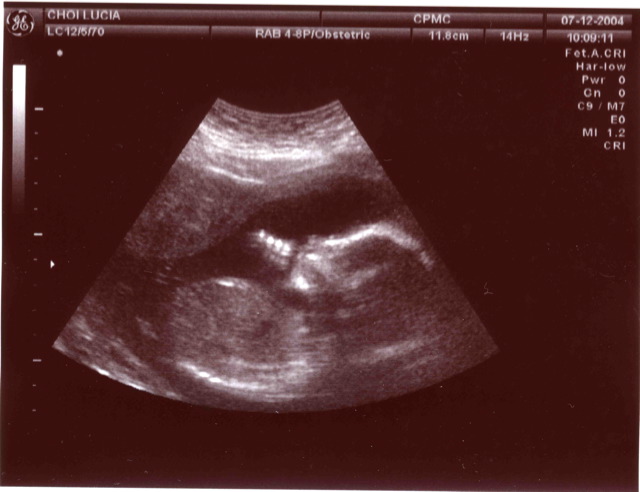Whilst much is now known about how babies develop in utero, the mechanism that keeps the uterus in a relaxed state until the time is right for a child to be born remains shrouded in mystery. Scientists have known for some time that progesterone is a key player, but exactly how it worked on the uterus was unclear. Now a new discovery, which could hold the key to new treatments for premature or delayed labour, has shed  light on this important molecular clockwork.
light on this important molecular clockwork.
Writing in PNAS, University of Texas Southwestern Medical Center scientist Nora Renthal and her colleagues have discovered that when uterine cells are exposed to progesterone they activate a gene called ZEB1. This switches off birth-triggering genes including the gene encoding the oxytocin receptor, another gene that encodes cyclooxygenase-2, an enzyme which makes contractility-boosting agents called prostaglandins, and a gene called CXN-43, which makes a protein that enables waves of contractions to travel through the uterine muscle. Critically, ZEB1, they found, also shuts off the production of a family of short pieces of genetic material called micro RNA-200 (miR-200).
These micro RNAs themselves actually shut off the production of ZEB1 and a related gene with similar actions called ZEB2. This means that, when the time is right for birth signals between teh foetus and the mother trigger the release of inflammatory substances in the uterus; this blocks the progesterone signal, causing the ZEB1 levels to drop and in turn allows the levels of the miRNA-200 genes to rise. Increased miRNA-200 then strongly suppresses the action of ZEB1 and ZEB2. This then rapidly turns on the expression of the birth-related genes including the oxytocin receptor, which causes the uterus to contract, and the CXN-43 gene, which enables the uterine muscle cells to electrically wire themselves together, triggering contractions.
Unpicking these molecular mechanisms will inevitably lead to the identification of new therapeutic pathways that can be targeted for the treatment of labour-related problems, including preventing premature labour and progressing labour in women who may need to be induced.










Comments
Add a comment